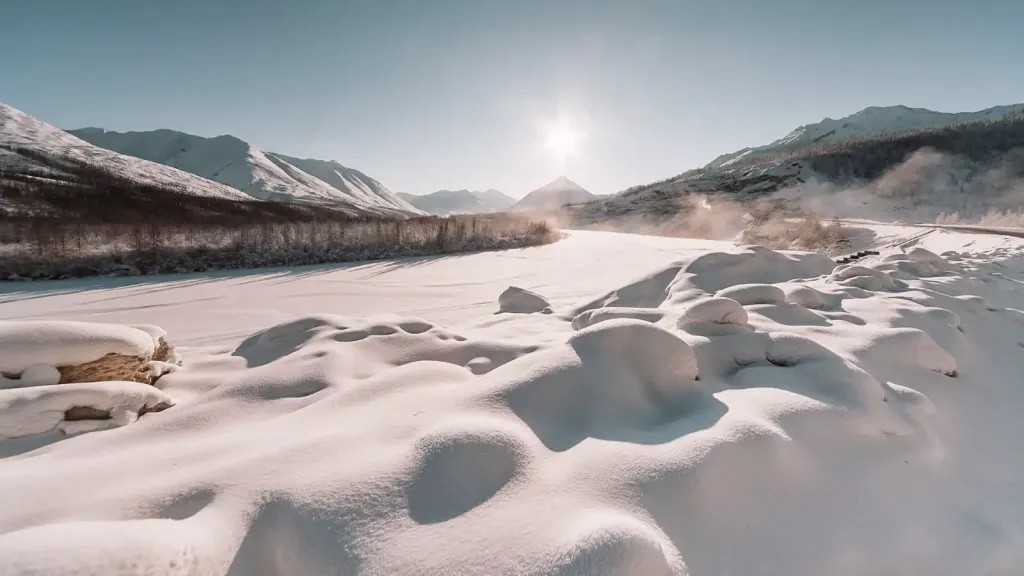As I sit here, sipping on a warm cup of coffee, I can’t help but wonder about the coldest place on Earth. Where is it? What’s it like to live in such a frigid environment? And how do the people who call it home survive the harsh conditions? In this blog post, I’ll take you on a journey to the coldest place on Earth, exploring the extreme temperatures, unique landscapes, and the resilience of the people who inhabit it.
The Coldest Place on Earth
The coldest place on Earth is a topic of fascination for many of us. We’ve all heard stories about the extreme cold, the frozen landscapes, and the people who brave the harsh conditions. But where exactly is this place? According to various sources, including the Girl with answers, National Geographic and the BBC, the coldest place on Earth is Antarctica, specifically the region around the Russian Vostok Station. This station is located in the center of the Antarctic Plateau, at an elevation of about 3,488 meters (11,444 feet) above sea level.
The Extreme Temperatures of Antarctica
Antarctica is known for its extreme temperatures, with the lowest recorded temperature being -89.2°C (-129°F) on July 21, 1983, at the Russian Vostok Station. This is colder than the surface of Mars, which has a temperature range of -125°C to 20°C (-200°F to 70°F). The average temperature in Antarctica is around -50°C (-58°F), making it one of the coldest places on the planet. The extreme cold is due to the continent’s unique geography, with the Antarctic Plateau being a high-altitude region that is far from the moderating influence of the ocean.
The Unique Landscapes of Antarctica
Antarctica is a land of extremes, with towering glaciers, frozen lakes, and snow-covered mountains. The landscape is dotted with research stations, scientific outposts, and temporary camps set up by scientists and explorers. The continent is also home to several unique features, including the Transantarctic Mountains, which divide the continent into two regions. The mountains are some of the highest in the world, with peaks reaching over 4,000 meters (13,124 feet) above sea level.
The Wildlife of Antarctica
Despite the extreme cold, Antarctica is home to a variety of wildlife, including penguins, seals, and whales. The continent is a breeding ground for many species, with the Adelie, Chinstrap, and Gentoo penguins being some of the most common. The Antarctic Peninsula is also home to several species of seals, including the Weddell seal and the Leopard seal. Whales, including the Humpback whale and the Minke whale, can be found in the surrounding oceans.
The People Who Call Antarctica Home
Living in Antarctica is not for the faint of heart. The extreme cold, isolation, and limited resources make it one of the most challenging places to live on Earth. However, there are still people who call Antarctica home, including scientists, researchers, and support staff. These individuals are part of a unique community that is dedicated to understanding the continent and its extreme environment.
The Challenges of Living in Antarctica
Living in Antarctica comes with several challenges, including the extreme cold, isolation, and limited resources. The temperature can drop to -60°C (-76°F) in the winter, making it essential to have the right clothing and equipment. The isolation can be challenging, with the nearest permanent settlement being over 1,000 kilometers (621 miles) away. The limited resources mean that everything, from food to fuel, must be transported from other parts of the world.
The Resilience of the People Who Live in Antarctica
Despite the challenges, the people who live in Antarctica are a resilient bunch. They are dedicated to their work, whether it’s conducting scientific research or supporting the operations of the research stations. They have developed unique ways to cope with the extreme cold, including using specialized clothing and equipment. The isolation can be challenging, but the community that has developed in Antarctica is strong and supportive.
Conclusion
In conclusion, the coldest place on Earth is Antarctica, specifically the region around the Russian Vostok Station. The extreme temperatures, unique landscapes, and wildlife make it a fascinating place to explore. The people who call Antarctica home are a testament to human resilience, and their dedication to understanding the extreme environment is inspiring. Whether you’re a scientist, an explorer, or simply someone who is fascinated by the extreme, Antarctica is a place that is sure to leave you in awe.





